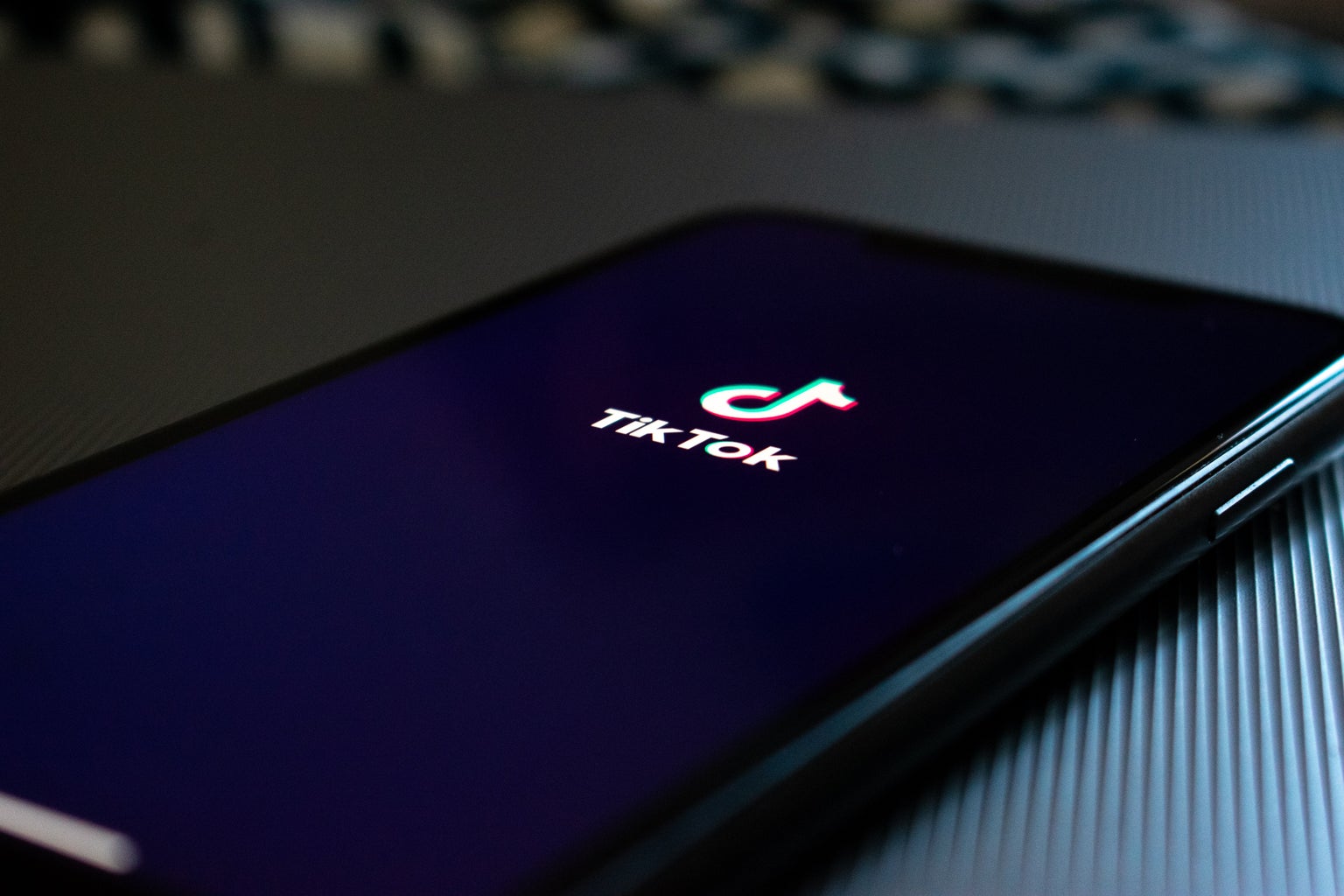My boyfriend says a lot of (I’m sorry, but there’s no other way to put this) dumb stuff. Don’t get me wrong—he is an incredibly intelligent and driven person, but every so often, he drops something à la Chris Hemsworth in the “Ghostbusters” remake. The other day, I called him a “himbo.” The extent of my knowledge about the term is that it’s a fusion of the words “him” and “bimbo,” which I felt at the time perfectly described how he was acting at the moment. I had seen it around TikTok and heard it from friends but wasn’t familiar with the actual definition.
Apparently, by the book, a himbo is an attractive but unintelligent man. Not unintelligent to a concerning degree, but in the kind of way that makes you go “aw.” It most recently rose to common use due to such TikTok sensations as the Voros Twins, two Canadian brothers who shot to fame after their viral video where they confidently declare that the Mona Lisa was painted by Mona Lisa herself, only to find out the actual painter, Leonardo DaVinci, and pronounce his name “Da Vinki.” Since the video, the two have been referenced as a prime example of himbos.
The use of the term has been on a steady incline over the past year. The rising popularity of the term and my own use of it in my daily vernacular got me thinking more about the implications of the term and its subsequent popularity. More specifically, the intersection between “himboism” and toxic masculinity.

Himbos are, at the surface, a very approachable and non-threatening archetype. To the unsuspecting person, they’re much less likely to be holding some dark ulterior motives or attempting to manipulate than their “e-boy,” “f*ckboy,” “simp” or “nice guy” counterparts, which have over their lifespans developed into negative labels. They mean well because they don’t mean anything else than what they’re saying—they’re safe, which is one of the foundational reasons they’ve become so desirable among the userbase of TikTok and, subsequently, the common public.
The concern can be raised, though, that a facade of being a himbo could grow to such popularity that it begins to be used by men with manipulative or otherwise abusive tendencies to lure people into toxic relationships, as has happened with the label “nice guy.” Men showing above-average respect to women are quickly suspected and put down for allegedly attempting to use women for whatever their own benefit may be. As problematic as this trend is, himbos being a somewhat similar archetype is a reasonable cause for concern of history repeating itself.
The primary issue here is the fact that there are so few labels like himbo that aren’t affected by the dichotomy of men and women and their interactions in a heterosexual context. The negative connotations aren’t typically the same between the genders. For women, such terms as “thirst trap,” “dumb blonde” and the more broadly used “sl*t” are ways of framing people as, sometimes, deceiving and desperate for sex. As playful as the term himbo really is, at its core, there are very few positive stereotypes in the world.
At the end of the day, enjoy things like this for what they are. Use the terms in jest, and lose the hard labels in order to spare the normalization of toxicity in relationships.


